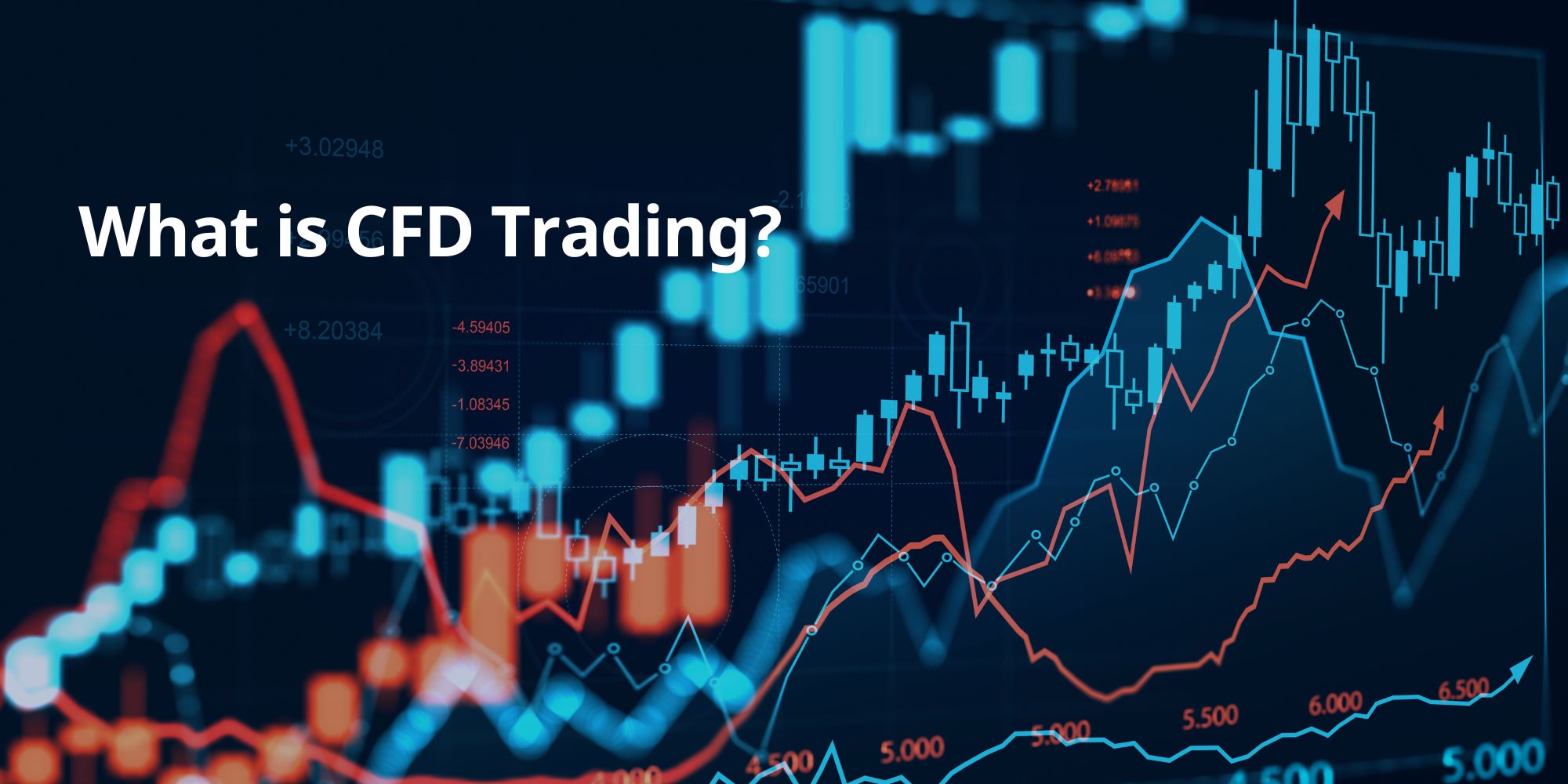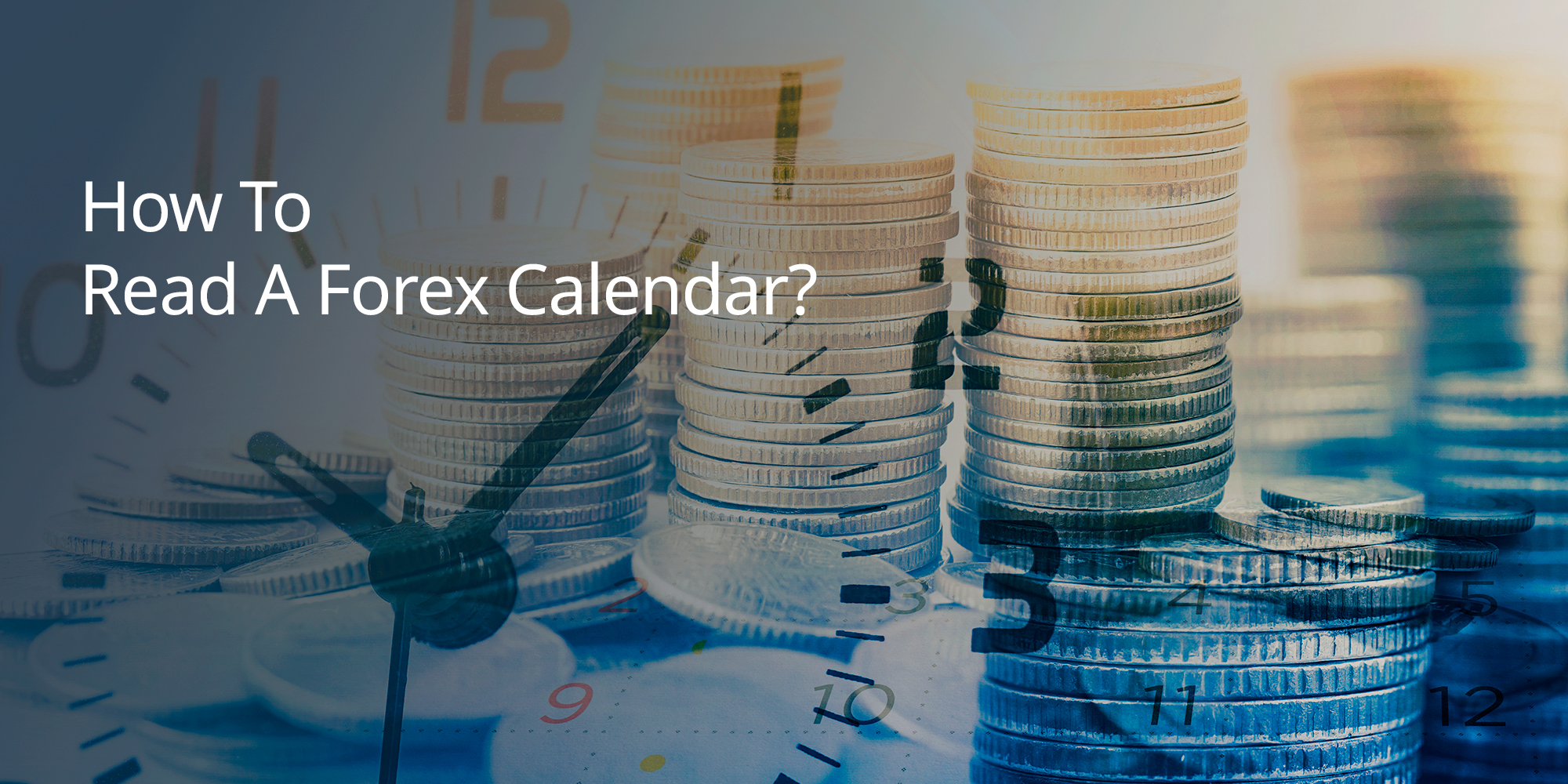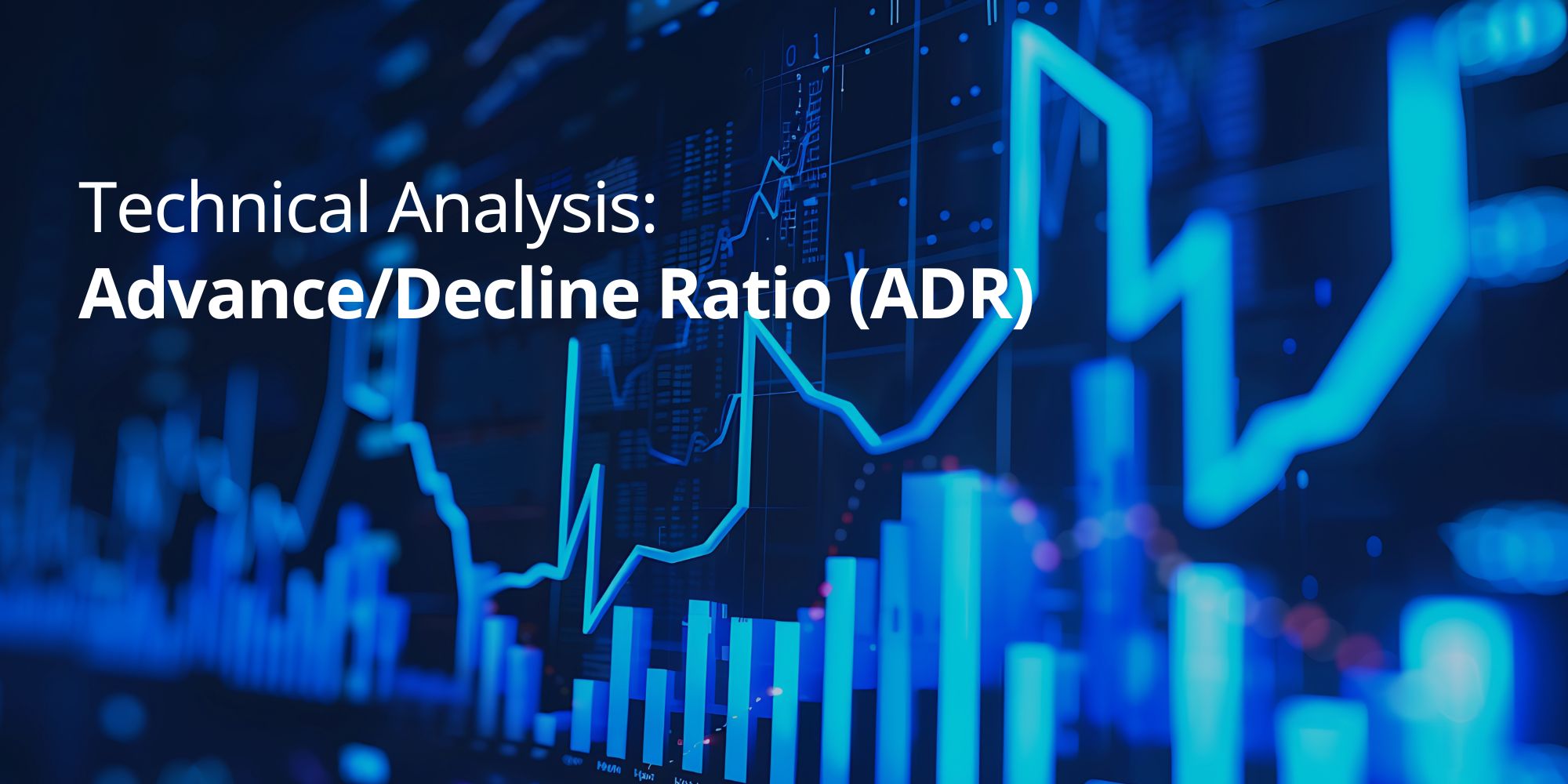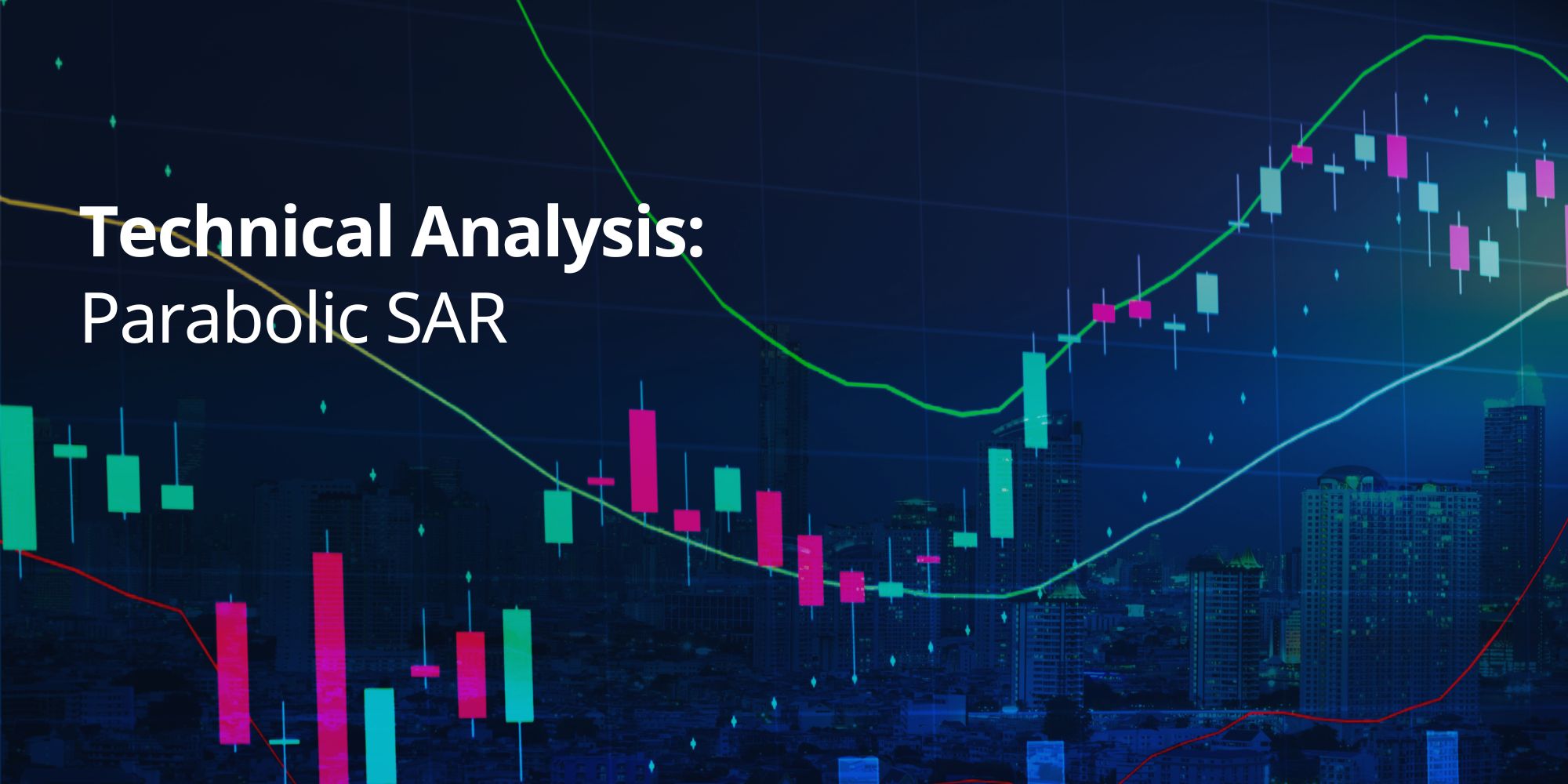CFDs (Contracts for Difference) have become increasingly popular in recent years, offering traders a flexible and potentially lucrative way to participate in financial markets. But how do CFDs differ from traditional investing, and are they the right choice for you?
This comprehensive guide from Plexytrade explores the world of CFD trading. We’ll cover the key features of CFDs, their advantages and disadvantages, and how they compare to traditional investment approaches. Empower yourself to make informed decisions about your trading strategy and explore the diverse opportunities that CFDs offer.
What is CFD Trading?
CFD stands for “Contract for Difference.” It’s a type of derivative that allows you to speculate on the price movements of an underlying asset without actually owning the asset itself.
How CFDs Work
When you trade CFDs, you’re essentially agreeing to exchange the difference in the price of an asset from the time you open the contract to the time you close it.
- Profiting from Rising and Falling Prices: CFDs allow you to profit from both rising and falling markets. If you expect the price of an asset to go up, you can open a “buy” (long) position. If you expect the price to go down, you can open a “sell” (short) position.
Key Features of CFD Trading:
- Leverage: CFDs are traded on margin, which means you can control a larger position with a smaller amount of capital. This can amplify your potential profits, but it also increases your risk.
- Variety of Markets: You can trade CFDs on a wide range of assets, including stocks, indices, commodities, forex, and cryptocurrencies.
- Flexibility: CFDs offer flexibility, allowing you to trade in both rising and falling markets and to easily adjust your position sizes.
Example:
Let’s say you want to trade a CFD on the price of gold. If you believe the price of gold will rise, you would open a buy position. If the price of gold goes up as you expected, you’ll make a profit. If the price goes down, you’ll incur a loss.
Important Considerations:
- Risk Management: Leverage can magnify both profits and losses, so it’s crucial to use appropriate risk management techniques, such as stop-loss orders.
- Trading Costs: CFDs have associated costs, including spreads (the difference between the buy and sell price) and overnight financing charges (for positions held overnight).
Plexytrade offers a wide range of CFDs on various assets, along with competitive trading conditions and educational resources to help you navigate the world of CFD trading.
Leverage and Margin in CFD Trading
Leverage and margin are two key concepts in CFD trading that allow you to control larger positions with a smaller amount of capital.
Leverage
Leverage is expressed as a ratio, such as 1:100 or 1:2000. This ratio indicates how many times your initial investment is magnified.
For example:
- With 1:100 leverage, a $1,000 investment allows you to control a $100,000 position in the market.
- With 1:2000 leverage, the same $1,000 investment would allow you to control a $2,000,000 position.
Margin
Margin is the amount of money you need to deposit with your broker to open and maintain a leveraged position. It acts as collateral to cover potential losses.
The margin requirement is usually a percentage of the total position size. For example, if the margin requirement is 1% and you want to open a $100,000 position, you would need to deposit $1,000 as margin.
Benefits of Leverage and Margin
- Magnified Profits: Leverage can significantly increase your potential profits. If the market moves in your favor, your gains are multiplied by the leverage ratio.
- Increased Buying Power: Leverage allows you to trade larger positions than you could with your own capital alone, giving you access to more trading opportunities.
Risks of Leverage and Margin
- Magnified Losses: Just as leverage can amplify profits, it can also magnify losses. If the market moves against you, your losses are multiplied by the leverage ratio.
- Margin Calls: When using leverage, you’ll need to maintain a certain amount of margin in your account. If your losses eat into your margin, your broker may issue a margin call, requiring you to deposit more funds or close your positions.
- Stop-Outs: If your account equity falls below a certain level (the stop-out level), your broker may automatically close your positions to prevent further losses.
Managing Leverage and Margin
It’s crucial to use leverage responsibly and manage your margin carefully to avoid margin calls and minimize potential losses. This involves:
- Monitoring your account balance: Keep a close eye on your account equity and available margin.
- Using stop-loss orders: Stop-loss orders can help limit your potential losses by automatically closing your positions if the market moves against you.
- Understanding your broker’s margin requirements: Each broker has its own margin requirements and policies. Make sure you understand these requirements before you start margin trading.
Plexytrade offers a range of leverage options to suit different trading styles and risk tolerances. We also provide educational resources and risk management tools to help you trade responsibly.
Understanding the Costs of CFD Trading
CFD trading involves various costs that can affect your overall profitability. It’s essential to be aware of these costs to make informed trading decisions and manage your risk effectively.
Here are the main costs associated with CFD trading:
- Spreads: The spread is the difference between the buy (ask) price and the sell (bid) price of a CFD. It’s the most common trading cost and is usually expressed in pips. Spreads can be fixed or variable, depending on the broker and market conditions.
- Commissions: Some brokers charge commissions on CFD trades, especially for shares and indices. Commissions can be a flat fee per trade or a percentage of the trade value.
- Overnight Financing (Swap Fees): If you hold a CFD position overnight, you’ll typically incur an overnight financing charge (or receive a credit). This is also known as a swap fee and is calculated based on the interest rate differential between the two currencies in a currency pair.
- Margin Costs: When you trade CFDs on margin (using leverage), you’ll incur interest charges on the borrowed funds. The higher the leverage you use, the higher the margin costs.
- Other Fees: Some brokers might also charge additional fees, such as inactivity fees, account maintenance fees, or withdrawal fees.
Why Trading Costs Matter
Understanding trading costs is crucial because:
- Profitability: Trading costs directly impact your profitability. Lower costs mean you keep more of your profits.
- Risk Management: High trading costs can increase your risk, as you’ll need larger price movements in your favor to offset the costs and make a profit.
- Broker Comparison: Comparing trading costs between different brokers can help you find the most cost-effective option for your needs.
Plexytrade offers competitive spreads, commissions, and financing rates. We are committed to providing our traders with a transparent and cost-effective trading environment.
Advantages and Disadvantages of CFD Trading
CFDs (Contracts for Difference) are popular trading instruments that offer several advantages but also come with certain risks.
Advantages:
- Leverage: CFDs allow you to trade with leverage, meaning you can control a larger position with a smaller amount of capital. This can amplify your potential profits, but it also increases your risk.
- Market Access: CFDs provide access to a wide range of markets, including stocks, indices, forex, commodities, and cryptocurrencies.
- Flexibility: You can trade CFDs in both rising and falling markets, giving you more flexibility to capitalize on different market conditions.
- Potential Cost Savings: In some jurisdictions, CFD trading may be exempt from certain taxes or stamp duties.
- Advanced Trading Tools: CFD brokers often provide advanced trading tools, such as charting platforms, technical indicators, and risk management features.
Disadvantages:
- Increased Risk: Leverage can magnify both profits and losses. If the market moves against you, your losses can exceed your initial investment.
- Margin Calls: If your account equity falls below the required margin level, your broker may issue a margin call, requiring you to deposit more funds or close your positions.
- Trading Costs: CFDs have associated costs, including spreads, commissions, and overnight financing charges.
- Complexity: CFDs can be complex instruments, and it’s essential to understand how they work before you start trading.
- Regulatory Uncertainty: The regulatory landscape for CFDs can vary depending on your jurisdiction.
- No Ownership of Assets: When you trade CFDs, you don’t own the underlying asset. This means you don’t have voting rights or the right to receive dividends.
Is CFD Trading Right for You?
CFDs can be a valuable tool for traders who understand the risks and use leverage responsibly. However, they are not suitable for everyone. Before you start trading CFDs, carefully consider your risk tolerance, investment goals, and knowledge of the markets.
Plexytrade offers a range of CFDs on various assets, along with competitive trading conditions and educational resources to help you navigate the world of CFD trading.
CFD Trading vs. Traditional Investing: Key Differences
CFDs (Contracts for Difference) and traditional investments are two distinct ways to participate in financial markets. Understanding their differences is crucial for making informed decisions about your investment strategy.
| Feature | CFD Trading | Traditional Investment |
| Ownership | No ownership of the underlying asset | Direct ownership of the underlying asset |
| Leverage | High leverage available (up to 1:2000 or more) | Typically no leverage (or very limited leverage) |
| Profit Potential | Profit from both rising and falling markets | Primarily profit from rising markets |
| Costs | Spreads, commissions, overnight financing fees | Brokerage fees, taxes on dividends and capital gains |
| Market Access | Access to a wide range of markets from one platform | Might require separate accounts for different markets |
| Risk Management | More flexible risk management tools (stop-loss orders, etc.) | Relies more on diversification and long-term strategies |
| Regulations | Vary by jurisdiction, potentially less investor protection | Typically more regulated with greater investor protection |
Which Approach is Right for You?
The best approach for you depends on your:
- Investment Goals: Are you looking for short-term gains or long-term growth?
- Risk Tolerance: How much risk are you comfortable taking?
- Trading Style: Are you an active trader or a passive investor?
- Capital: How much capital do you have available to invest?
CFDs can be suitable for active traders who are comfortable with leverage and understand the risks involved. Traditional investments might be more appropriate for long-term investors who prefer to own the underlying assets and are less comfortable with leverage.
Plexytrade offers both CFD trading and access to traditional investments, providing you with the flexibility to choose the approach that best suits your needs.
Conclusion
CFDs offer a unique and versatile way to engage with financial markets. By understanding their characteristics, potential benefits, and inherent risks, you can make informed decisions about whether CFD trading aligns with your investment goals and risk tolerance.
Plexytrade provides the platform and resources you need to navigate the world of CFD trading effectively. Our advanced trading tools, educational materials, and diverse range of CFDs empower you to:
- Explore various markets, including stocks, indices, forex, and commodities.
- Trade with leverage to amplify your potential profits.
- Utilize risk management tools to protect your capital.
- Develop and implement effective trading strategies.
Ready to experience the flexibility and potential of CFD trading? Sign up with Plexytrade.com today and start your trading journey.















